Some people are accustomed to boiling and drinking water on their own for a long time in daily life, while others are concerned about the water quality of tap water and choose bottled or barreled water
So who is healthier between people who boil water for a long time and those who often buy bottled water to drink?
What are the health risks associated with long-term drinking of bottled water?
In January 2024, the international academic journal "Proceedings of the National Academy of Sciences" (PNAS) published a latest study that found that each liter of bottled/barreled water contains an average of approximately 240000 detectable plastic particles. For the first time, researchers have utilized a new optical imaging technology to observe "nanoscale plastics" (plastic particles smaller than 1 micron) in bottled/barreled water. These small "nano plastics" can enter the bloodstream through our intestinal or lung cells, and even reach the heart and brain. The study also found that when bottled water bottles are squeezed or exposed to high temperatures, they may enter the water as the fragments fall off. Even when opening and closing the bottle cap repeatedly, many plastic particles will enter the water.
Microplastics are difficult for the human body to metabolize and absorb, and the parts that cannot be excreted will accumulate in the body. Exceeding a certain amount may cause varying degrees of damage to organs and cells. What is even more shocking is that scientists have discovered the presence of microplastics in multiple organs of the human body. In April 2023, a study jointly published by an international scientific team in Nanomaterials showed that a new study on mice showed that microplastic particles can cross the blood-brain barrier and enter the brain in just 2 hours after being photographed.
Some microplastic particles can penetrate the gut and blood-brain barrier in a relatively short period of time. Researchers suggest that plastic particles in the brain may increase the risk of inflammation, neurological disorders, and even neurodegenerative diseases such as Alzheimer's or Parkinson's disease. In 2022, a study published in the authoritative journal International Environment showed the discovery of microplastics in the blood of participants. This also means that microplastics may have spread throughout various organs of the human body, posing significant health risks. In 2018, the European Society of Gastroenterology reported for the first time the detection of up to 9 types of microplastics in human feces, with diameters ranging from 50 microns to 500 microns. Microplastics can reach the human gastrointestinal tract and may affect the digestive system. 4. According to an article published in the 2022 issue of Chinese School Health by Li Mingju and others from the School of Public Health at China Medical University, the air sampling results of a human model showed that a mildly active male could inhale nearly 300 microplastic particles per day. In the cancer tissue and adjacent lung tissue specimens of lung cancer patients, pathological examination can reveal cellulose and plastic microfibers. A study published in the authoritative journal International Environment in 2020 showed that researchers tested the placenta of six healthy pregnant women and detected microplastic particles of 5-10 micrometers in four of them. This indicates that microplastics can have an impact on the human body through the placental barrier. Is there no "microplastics" in tap water? There are also! The analysis report on microplastics in drinking water released by the World Health Organization in 2019 pointed out the presence of plastic pollutants in the ocean, sewage, fresh water, and drinking water (including bottled water and tap water).
Research has found that boiling water can significantly reduce microplastics
In February 2024, a study published by Professor Li Zhanjun from Guangzhou Medical University and Professor Zeng Yongping from the School of Environment at Jinan University in the journal Environmental Science and Technology Letters found that boiling water and simply filtering it can remove up to 84% of nanoparticles/microplastics!
Research screenshots show that during the process of boiling water, as the water temperature increases (25-95 ℃), the removal efficiency of microplastics in the water gradually increases from the initial 2% to 28%, and sharply increases to 84% at 100 ℃. Meanwhile, the concentration of microplastics decreased from the original 30 particles/microliter to 4.8 particles/microliter. Where did the microplastics in the water go? Research has found that disappearing microplastics transfer from water to the precipitation of scale, and calcium carbonate in scale can achieve the removal of microplastics in water by co precipitation with microplastics.
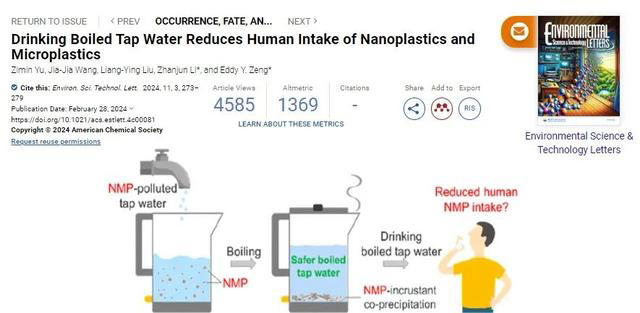
During the process of boiling water, microplastics combine with calcium carbonate and precipitate. Research screenshots show that the amount of microplastics consumed daily through boiling water is 2-5 times less than that through tap water. Therefore, it is recommended that everyone boil water and drink it themselves to reduce the intake of microplastics in the human body.
Develop 5 habits to reduce the entry of microplastics into the human body
In 2023, Dr. Wang Qian from the Department of Nutrition at the First Affiliated Hospital of Henan University introduced in an article published by the Department of Nutrition that reducing the entry of microplastics into the human body and cultivating these 5 habits. 1. Reduce the use of disposable plastic products and reduce the use of disposable plastic tableware, as the disposable paper cups, plastic lunch boxes, plastic bowls and spoons, packaging bags, etc. used are all plastic products. 2. Develop the habit of boiling water and drinking it yourself. Bring your own water cup, preferably a glass, enamel cup, or stainless steel cup. Try to boil tap water or drink it cold and plain, and drink less bottled water. 3. Don't put plastic bags in the bowl to eat. Don't put plastic bags in the bowl to hold hot food. It is best to use a degradable box when packaging, and it is better to bring your own lunch box. Because high temperatures increase the rate and quantity of microplastics produced. 4. Develop the habit of using less plastic straws. When liquid comes into contact with the walls of plastic straws, microplastics can be introduced into the body, and hot drinks can increase this risk. Some people like to bite the straws, and plastic straws will produce more microplastics when subjected to external forces. 5. Eat less processed food with plastic packaging. Processed food that is packaged layer by layer has a higher risk of microplastic contamination. Canned food is generally coated with bisphenol A inside, and microplastics are inevitably degraded in the food. Finally, plastic bottles and bags should not be thrown around. Garbage should be sorted and placed in designated bins to reduce environmental pollution and prevent microplastics from entering the human body through the food chain.




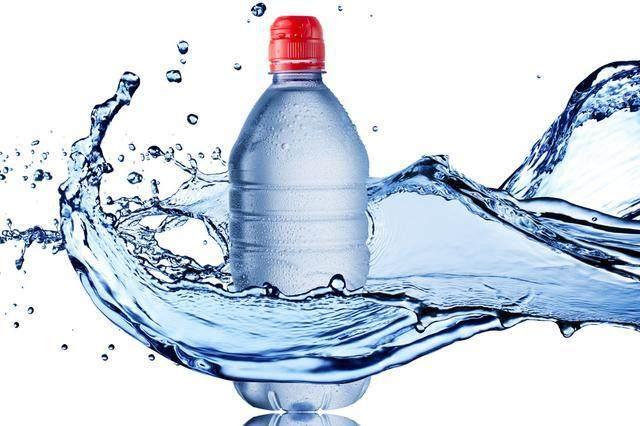
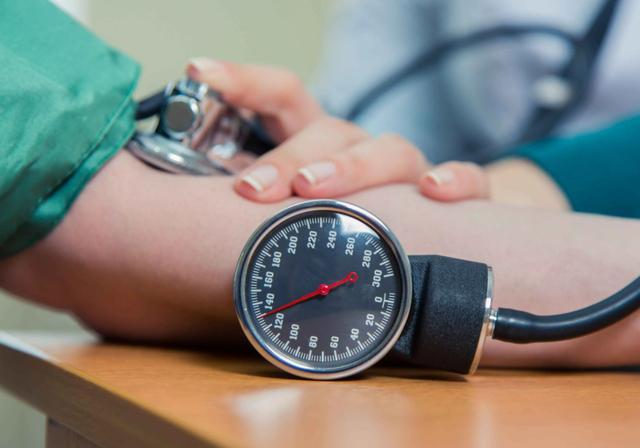

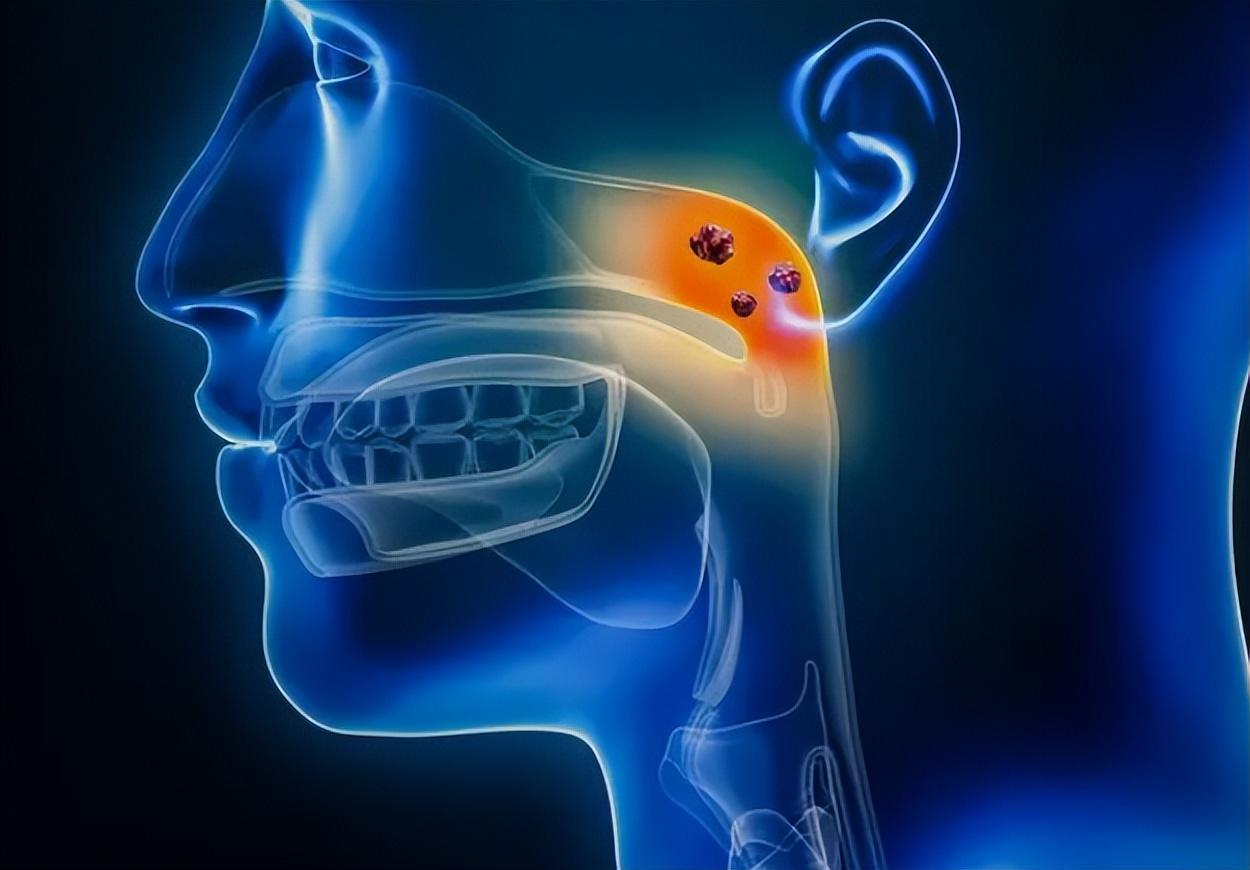



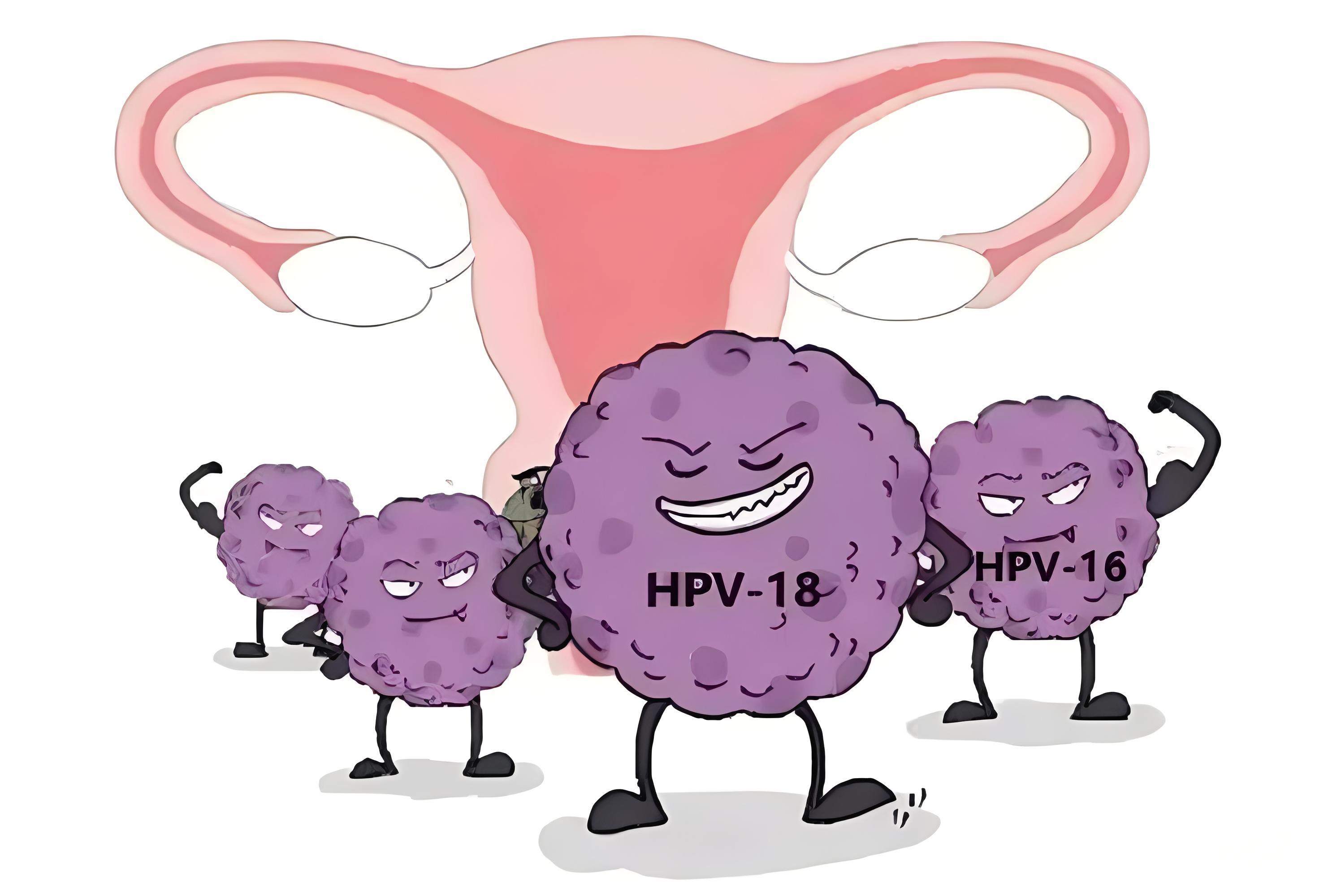

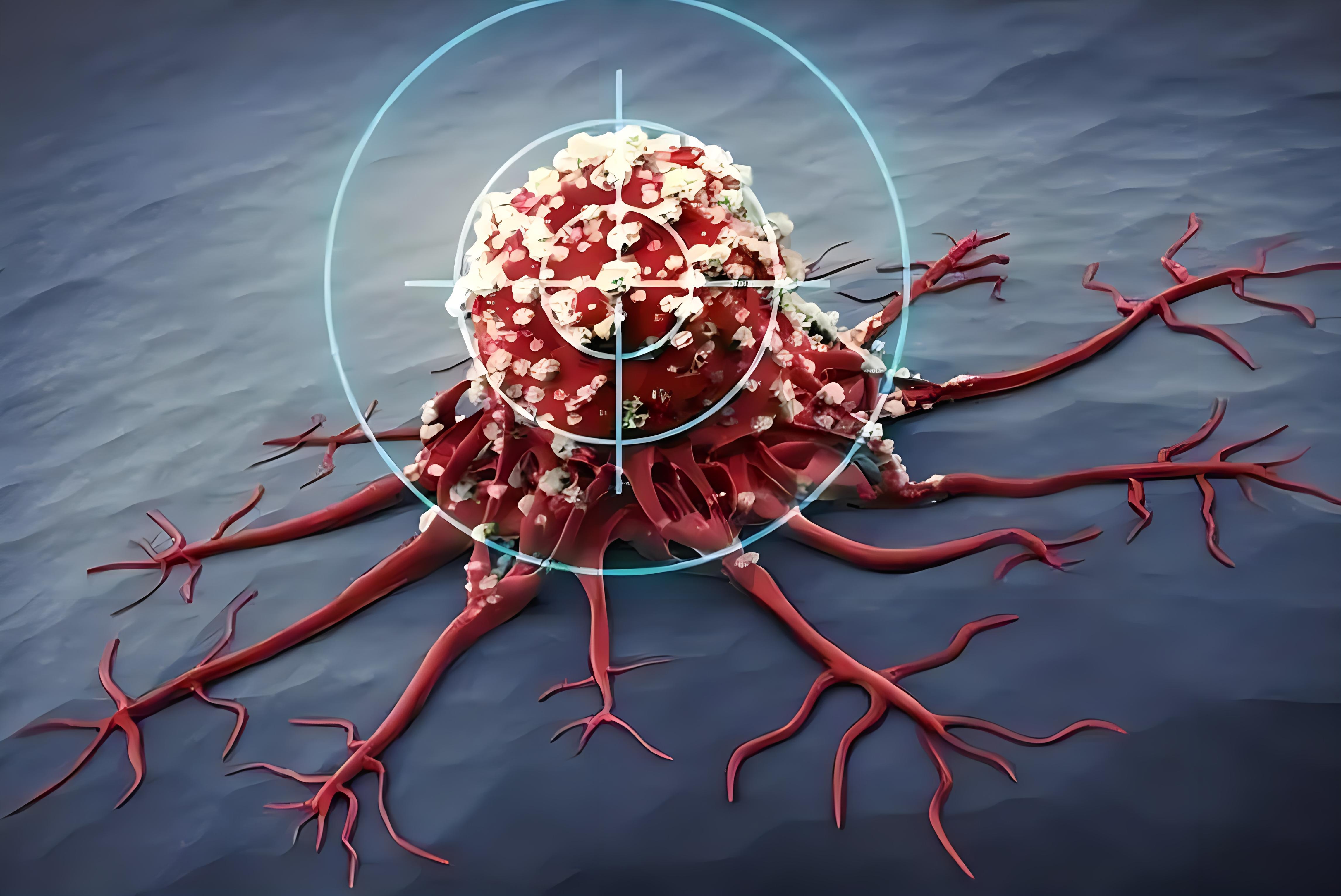
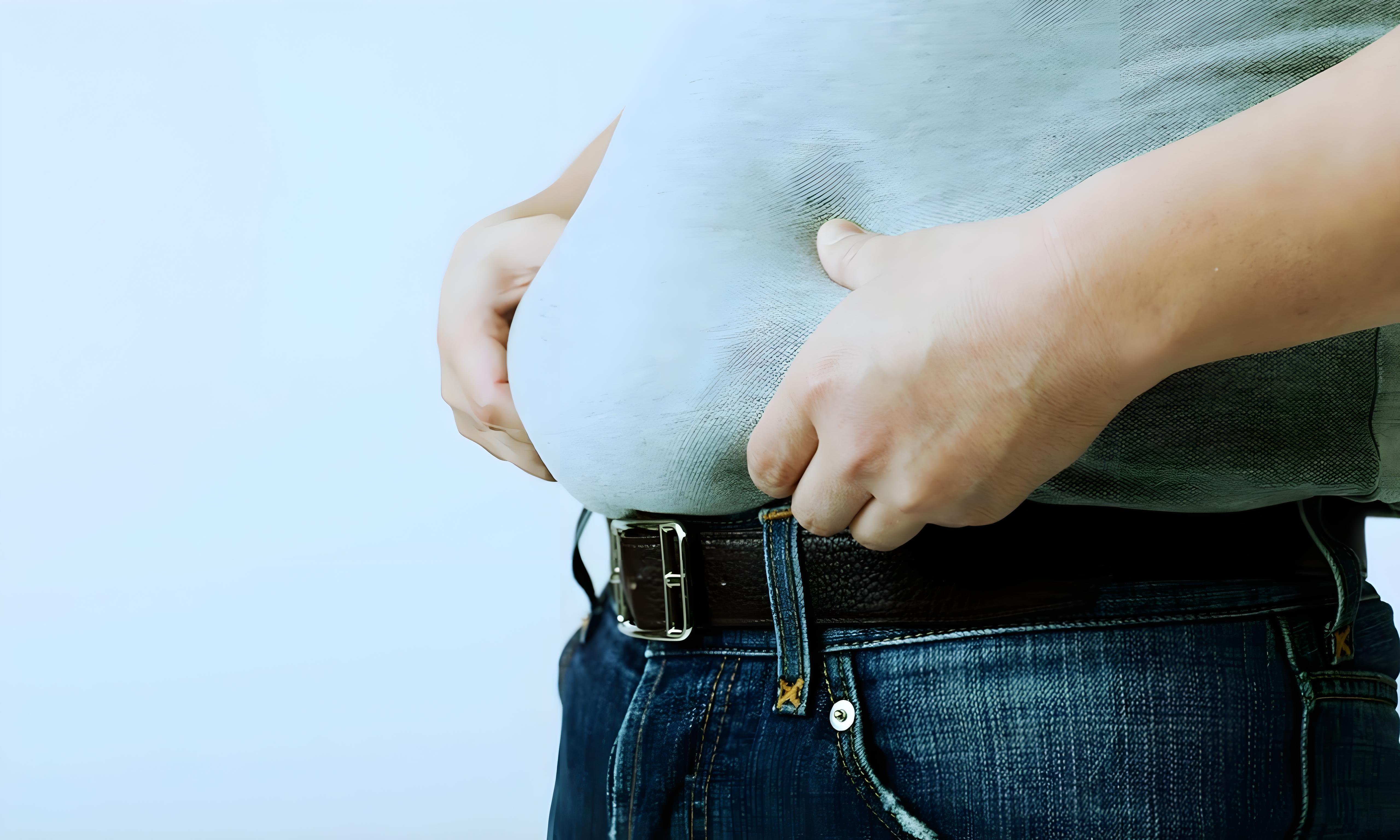





COMMENT